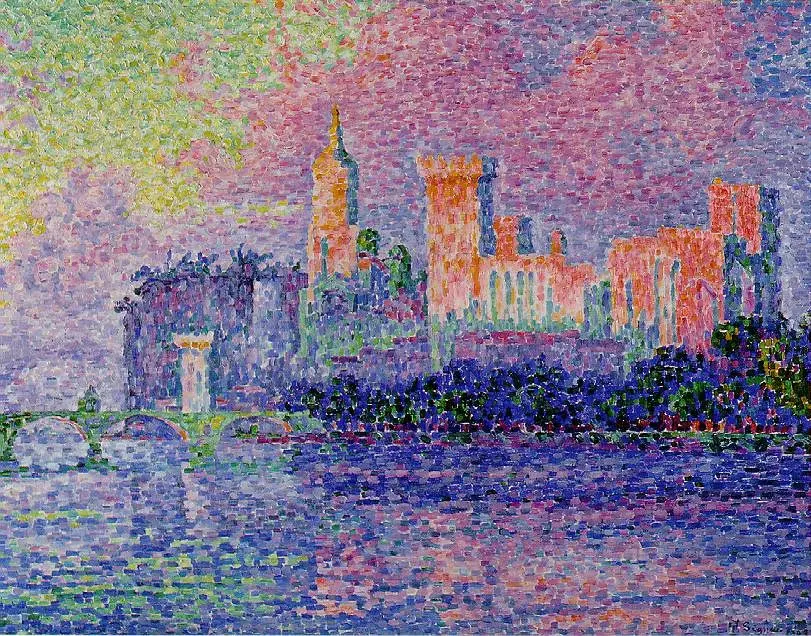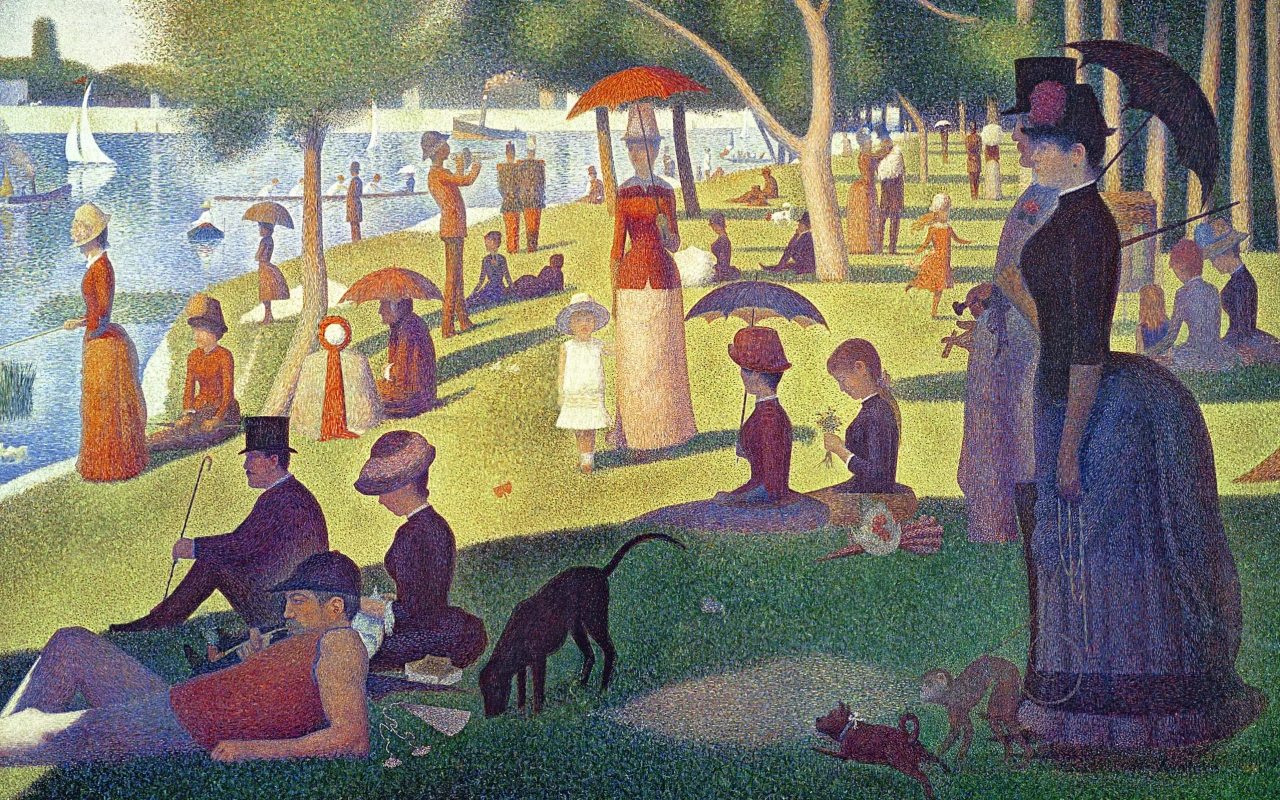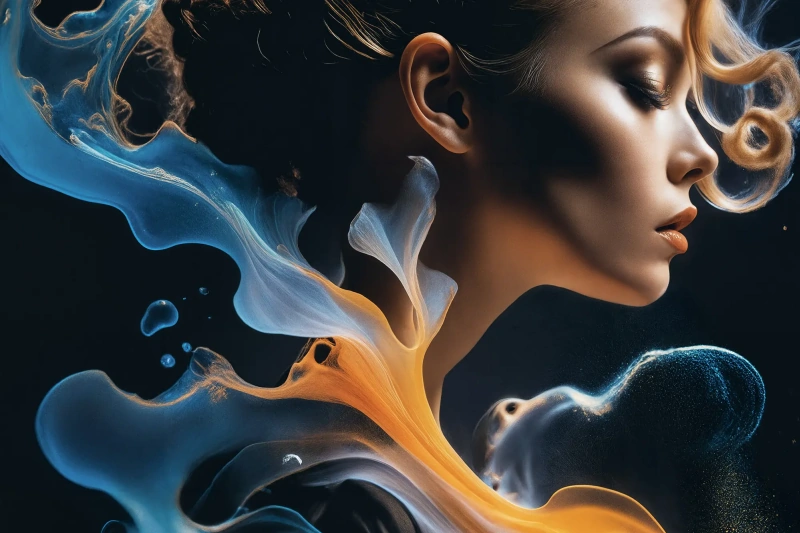In the 1880s, Impressionism
began to falter, and young artists tried to come up with new techniques, to rethink the popular style. They were called Neo-Impressionists.

Pointillism is a technique of painting in which small, distinct dots of color are applied in patterns to form an image. The dots are close to each other, they can be round, square (an imprint of flat brush), or slightly elongated. If the composition is viewed from a certain distance, they will merge into a continuous picture. This creative method was invented by French artist Georges Seurat, who branched it from Impressionism
. Neo-Impressionism and Pointillism are often used as synonyms.
The colors on such canvases are usually bright, clean, and airy. Pointillists used the color range and subjects of the Impressionists, but with another technique — point brushstrokes - this was the basic difference between the art movements.
The Divisionists, too, used a similar technique of patterns to form images, though with larger cube-like brushstrokes.
The colors on such canvases are usually bright, clean, and airy. Pointillists used the color range and subjects of the Impressionists, but with another technique — point brushstrokes - this was the basic difference between the art movements.
The Divisionists, too, used a similar technique of patterns to form images, though with larger cube-like brushstrokes.
Sunday afternoon on the island of La Grande Jatte
1886, 207.5×308.1 cm
At the last Impressionist exhibition in 1886, Georges Seurat presented "A Sunday Afternoon on the Island of La Grande Jatte" that was executed with miniature dots and small brushstrokes (the painting is exhibited today at the Art Institute of Chicago, Chicago). Some of the recognized masters condemned the innovator, while the others began to use his technique. For example, Camille Pissarro, one of the founders of the Impressionism
, had been painting in this technique for five years, thus supporting his younger colleagues.

One of the most expensive works of pointillists is "Au Divan japonais" by Georges Seurat (pencil, gouache). In 2008, it was auctioned for EUR 4,992,750 at Sotheby’s.










